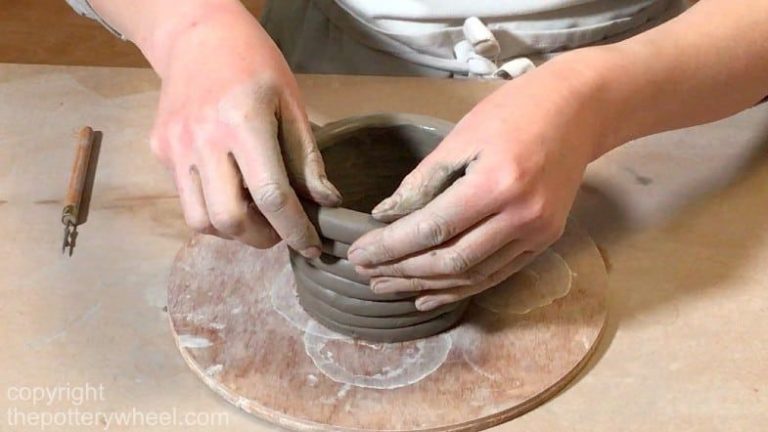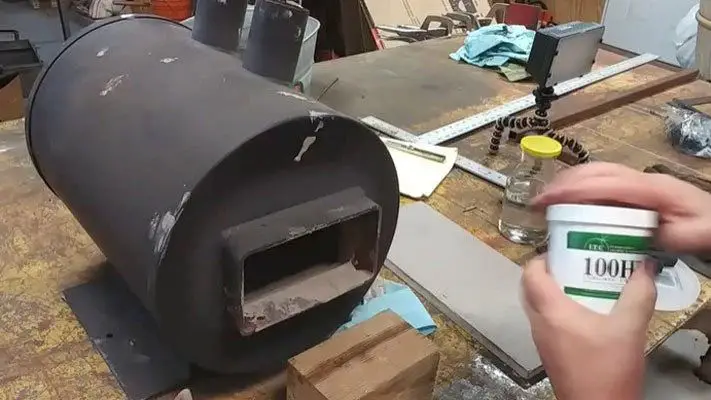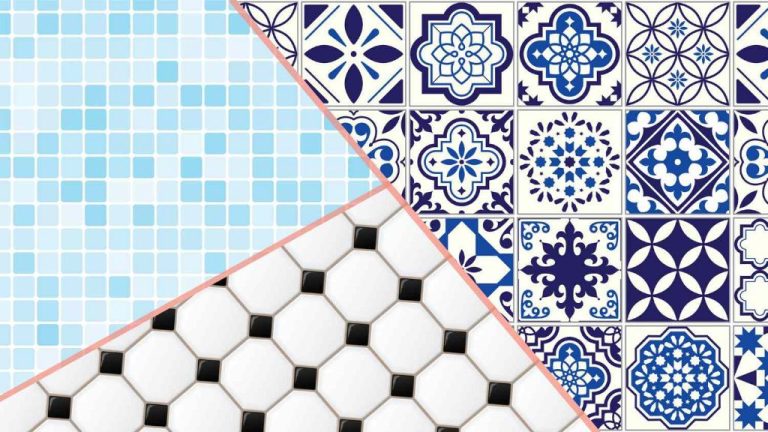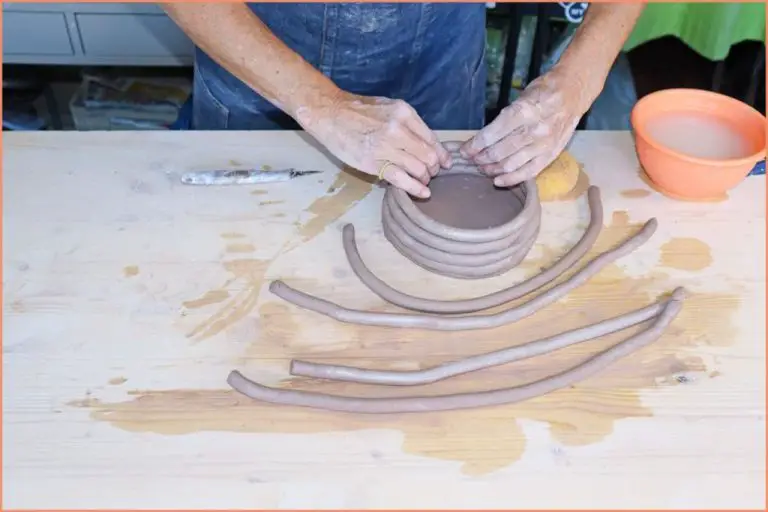What Are The Disadvantages Of Ceramic Mugs?
Fragility
One of the main disadvantages of ceramic mugs is that they can easily chip, crack, or break if dropped. Ceramic is a brittle material that does not handle impacts well. Both the handle and body of ceramic mugs can develop weaknesses over time and usage.
According to a case study by Nexus Green, ceramic cups have a risk of breakage over their lifespan. If a ceramic mug breaks, it must be replaced by producing a new mug, wasting resources and energy [1]. The U.S. Consumer Product Safety Commission has also received reports of ceramic mugs cracking or breaking when used with hot liquids, posing a safety hazard [2].
Ceramic mugs are not ideal for young children due to the increased likelihood of drops and breaks. The fragility of ceramic makes it a poor choice for travel mugs, school settings, or other situations where durability is preferred.
Heat Conduction
One disadvantage of ceramic mugs is that they can efficiently conduct heat. According to Kyocera, some ceramics like aluminum oxide have a high thermal conductivity, allowing heat to transfer through them rapidly. This makes ceramic mugs get very hot very quickly when filled with hot liquids. The Precision Ceramics website notes that most ceramic materials have a thermal conductivity between 26-30 W/mK, which allows heat to pass through faster than materials like plastic or wood.
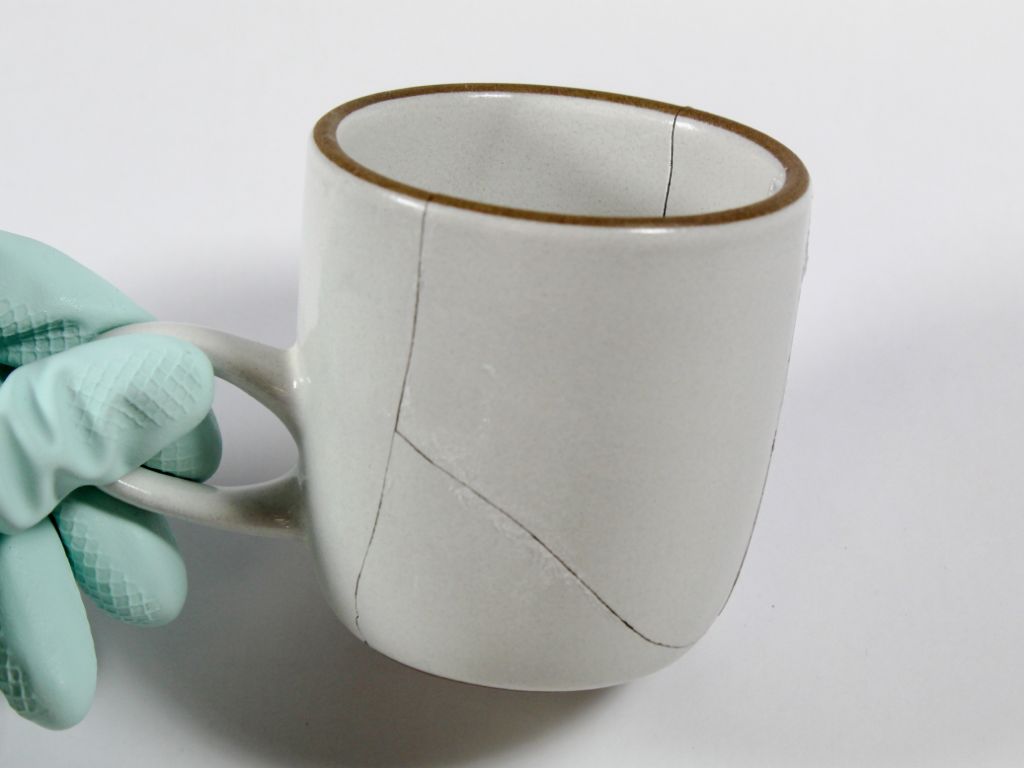
As a result, ceramic mugs can burn your hands if you touch them when filled with hot coffee or tea. They require the use of coasters or mug holders to prevent heat damage to tables. You have to wait longer for ceramic mugs to cool down before comfortable drinking compared to insulated travel mugs. The high heat conduction means you sacrifice some convenience when using ceramic drinkware.
Staining and Cleaning
One of the biggest drawbacks of ceramic mugs is that they easily absorb stains and odors from drinks like coffee, tea, and hot chocolate. The porous nature of ceramic allows liquids to seep into the material over time, causing discoloration that is difficult to remove completely.
To clean stubborn stains, ceramic mugs often require vigorous scrubbing with abrasive cleaners or bleach. Soaking may help lift some stains, but full removal typically requires elbow grease. Even then, traces of staining may remain behind. This is especially problematic for decorative mugs with intricate patterns and textures, as scrubbing risks damaging the mug’s design.
Some people try remedies like vinegar or baking soda to tackle tough stains in ceramic mugs. However, these may not prove strong enough. Powerful commercial cleaners designed for ceramic and porcelain contain harsh ingredients that, over time, can strip away glazes and finishes.
In comparison, glass and metal mugs tend to resist staining and are much easier to clean thoroughly. The smooth, nonporous materials prevent absorption of liquids. So stains wipe away with minimal effort using just soap and water or other mild cleaners.
For those wanting to avoid the hassle of keeping ceramic mugs stain-free, switching to glass or stainless steel may be a better option. Or, reserving ceramic mugs for water and selecting undecorated styles can help minimize staining issues.
Heaviness
Ceramic mugs tend to be significantly heavier than disposable cups made of paper, plastic, or styrofoam. An 11 oz ceramic mug can weigh between 9-12 ounces depending on the type of clay used, whereas a disposable paper cup weighs just a few grams.

The heavier weight of ceramic mugs compared to disposable cups can cause arm strain when held for extended periods, especially when filled with hot liquid. The weight requires exerting greater force to lift and tilt the mug towards the mouth when drinking. People with arthritis or other conditions impacting grip strength may struggle to handle a heavy ceramic mug without spilling.
According to one source, cheaper ceramic clays that cannot be fired at high temperatures result in thicker, heavier mugs compared to high-fire porcelain clays that create thinner and more delicate mugs (Source).
Microwave Safety
Ceramic mugs can be dangerous to microwave due to the materials used in their construction. Unglazed ceramics are never microwave safe, as they can absorb moisture which leads to cracking or even explosion. Glazed ceramics are sometimes microwave safe, but the glazes may contain metals that can be unsafe when heated. Metals like cobalt oxide can be used to achieve certain colors in glazes, but they can leach toxins when microwaved (Source).
To test if a ceramic mug is microwave safe, heat a cup of water at high power for 30 seconds and feel if the mug gets hot. If it heats up, it is not microwave safe. Mugs that are labeled as microwave safe are a safer bet for reheating beverages. However, it’s still best to inspect ceramic mugs regularly for hairline cracks, as those can expand when microwaved which allows heat and moisture to damage the mug (Source).
High Cost
Ceramic mugs are more expensive to produce and purchase compared to disposable cups or mugs made from paper, plastic, or other materials. Ceramic mugs can range from $10-30 for handmade artisan mugs to $2-5 for mass-produced mugs, while paper cups may cost as little as $0.02 each and plastic mugs under $1.
The higher cost comes from the materials, production process, transportation, and specialty nature of ceramic tableware. Raw clay, glazes, and firing kilns require significant investment compared to throwing away a paper cup or injection molding a plastic mug. Handcrafted ceramic mugs also take much more time and labor to individually throw, trim, glaze, and fire. The craftsmanship adds to the value but also the price tag.
For coffee shops, the cost difference per drink when serving in a disposable cup vs reusable ceramic mug can be substantial if customers are not staying in house. While ceramics have more upfront costs, for frequent use the durability and reuse can make them more economical long-term.
According to this Reddit discussion, professional potters may charge $50-80 for a handmade mug, while hobbyists charge $30 or less. Mass-produced ceramic mugs from major retailers like Ikea can cost as little as $1 each when purchased in bulk. So there is quite a range in ceramic mug pricing.
Limited Designs
One downside of ceramic mugs is that they have limited design capabilities compared to other materials like plastic or stainless steel. Ceramic glazing techniques make it difficult to print photos or complex designs on mugs.
According to The Pros and Cons of Ceramic Coffee Mugs, ceramic printing requires specialized equipment and processes. Multi-color designs need to be built up layer by layer. This makes custom photos or intricate artwork expensive and challenging for most ceramic mug manufacturers.
As a result, most commercially available ceramic mugs feature relatively simple patterns or solid colors. Customers have fewer unique, creative designs to choose from compared to other mug materials. For those who enjoy expressive, personalized drinkware, the design constraints of ceramic mugs can be limiting.
Not Reusable Forever
While ceramic mugs can last a very long time with proper care, they are not as indestructible as metal or glass alternatives. Ceramic mugs are prone to chipping, cracking, and breaking over time, especially if frequently dropped or mishandled.
The glazed surface of ceramic mugs will eventually start to exhibit signs of wear, like crazing (fine cracks), stains that cannot be removed, and abrasions. With daily use, the mug’s exterior will become increasingly faded and scratched.
Ceramic material is brittle, so small chips and cracks can quickly expand into larger fractures. According to this source, the average ceramic mug lifespan is around 3,000 uses if handled properly. However, a bad drop or bump can suddenly end a mug’s usable life. While ceramic can last many years, it does not truly last forever like stainless steel or glass.
Not Ideal for Travel
While ceramic mugs are commonly used at home and in offices, they pose some disadvantages when taken on the go. Ceramic is fragile and has a high risk of cracking or shattering if dropped or impacted (The New York Times). Ceramic’s dense weight also makes it cumbersome to transport. For these reasons, most people opt for stainless steel, plastic or other durable materials when choosing a travel mug or cup.
The fragility of ceramic means it can easily break if dropped during transport or packed improperly in a bag. According to experts at The New York Times, materials like plastic and stainless steel are far more durable for travel mugs. Being able to withstand drops and dings is an important feature for containers meant to be portable.
Ceramic’s heavy weight also makes it tiring to hold and carry around for long periods. As noted in reviews by The Wall Street Journal, lighter options like stainless steel and plastic weigh half as much as ceramic mugs of the same volume. The lower heft makes them easier to grip securely and transport from place to place, whether commuting or traveling.
For these reasons, ceramic mugs present a high risk of breaking and inconvenience during transport. Other materials like stainless steel, plastic and insulated containers are engineered to be lightweight yet durable for travel, making them better options for portability.
Environmental Impact
Ceramic mugs have a larger carbon footprint than disposable paper cups or reusable plastic cups. According to a study by the Green Restaurant Association, the production process for a ceramic mug requires significantly more energy and natural gas than producing a paper cup or reusable plastic cup.1 The process of mining and transporting clay, followed by kiln firing at extremely high temperatures results in more greenhouse gas emissions and fossil fuel consumption.
Some ceramic glazes may also contain heavy metals like lead, cadmium, or cobalt. Even small amounts of leaching from these glazes can be harmful over time.2 Unlike plastics or paper cups which can be recycled, ceramics cannot be easily recycled due to the materials and glazes used in manufacturing. This increases their environmental impact compared to reusable alternatives that make use of recycled materials.
Overall, while ceramic mugs can be used for years if not broken, their energy-intensive manufacturing process and lack of recyclability gives reusable plastic or paper cups an edge when it comes to sustainability.


